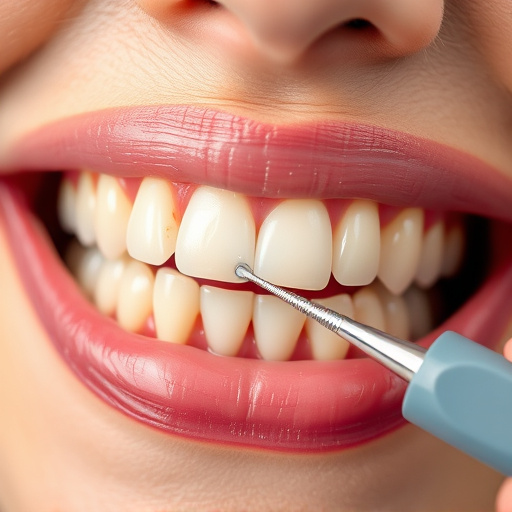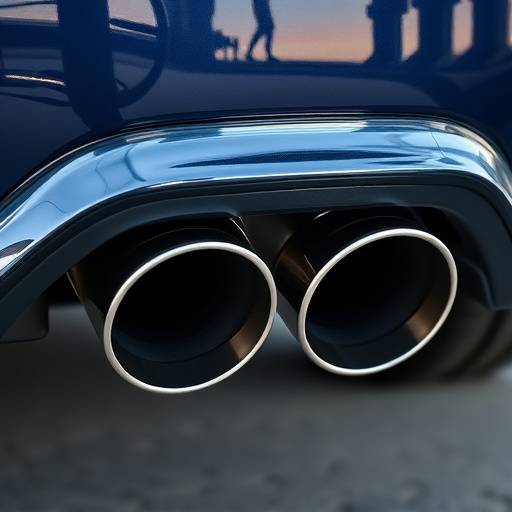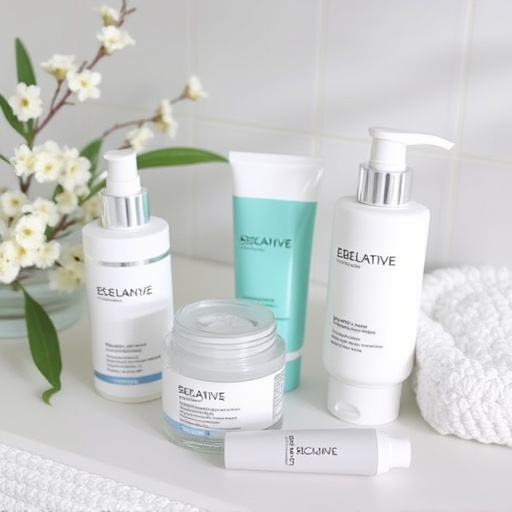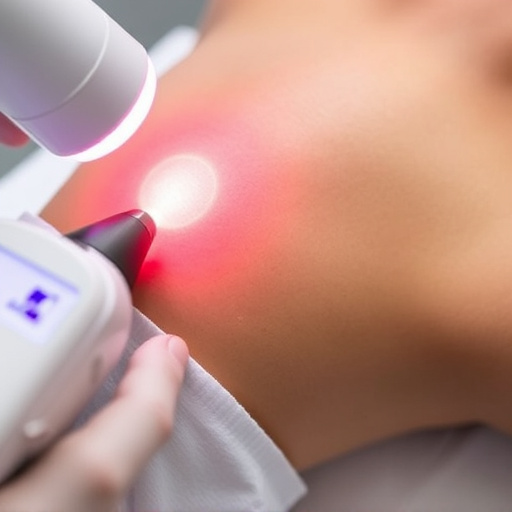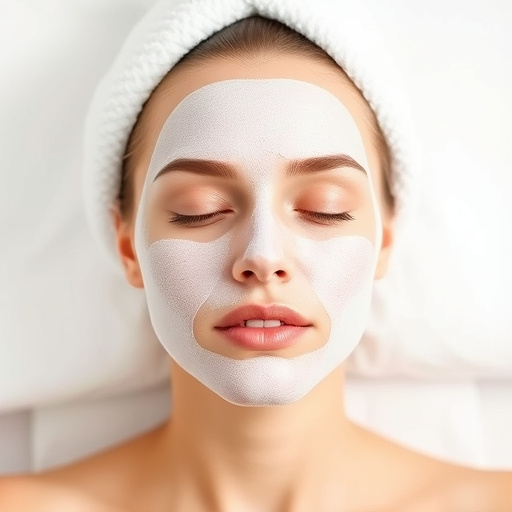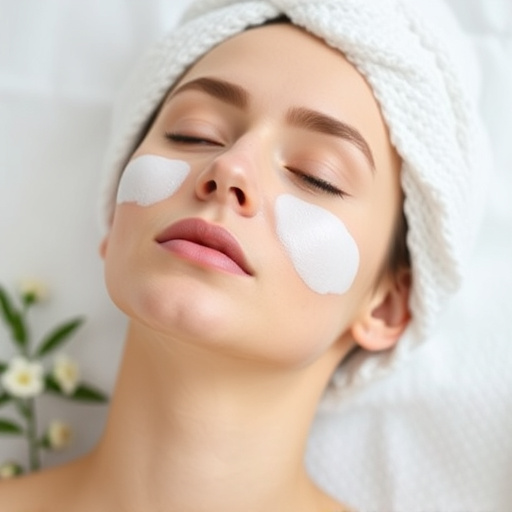The glycolic acid peel is a versatile aesthetic treatment using AHAs to exfoliate and rejuvenate various skin types (oily, dry, combination). It unclogs pores, reduces fine lines, enhances product absorption, and minimizes ingrown hairs. Safe when performed professionally every 4-6 weeks, with potential side effects like temporary redness or peeling. Sun sensitivity may increase post-procedure, emphasizing sunscreen use. Always consult a dermatologist before starting any new peel regimen, especially for sensitive skin.
“Uncover the transformative power of a Glycolic Acid Peel—a popular skin treatment with profound benefits for all skin types. This article delves into the science behind this procedure, exploring its exceptional abilities to rejuvenate and restore balance to oily, dry, and combination skin. From understanding its mechanism of action to uncovering its diverse advantages and practical application tips, we guide you through the process, ensuring you’re well-equipped to make an informed decision.”
- Understanding Glycolic Acid Peel: How Does it Work?
- Benefits for Oily, Dry, and Combination Skin Types
- Application, Precautions, and Potential Side Effects
Understanding Glycolic Acid Peel: How Does it Work?
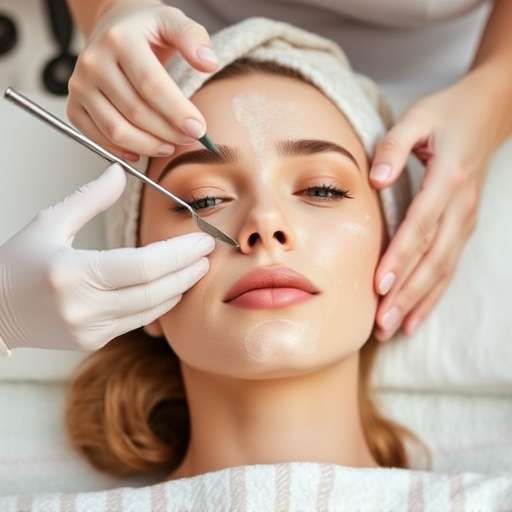
Glycolic acid peel is a popular aesthetic treatment that utilizes alpha hydroxy acids (AHAs) to exfoliate the skin, revealing smoother, brighter, and more even-toned skin beneath. This professional skincare procedure is particularly effective for individuals with oily, dry, or combination skin types. The acid works by breaking down the bonds between dead skin cells, allowing them to be washed away easily. This process not only improves skin texture but also unclogs pores, reduces the appearance of fine lines and wrinkles, and enhances product absorption.
Unlike some other chemical peels, glycolic acid peel is generally well-tolerated by most skin types due to its gentle nature. It’s a game-changer in the world of laser hair removal for those with ingrown hairs or rough patches caused by excessive dead skin buildup. By exfoliating the skin, it creates a smoother surface, reducing hair trap and promoting healthier, softer skin. This treatment is often recommended as part of a comprehensive skincare routine to achieve optimal results.
Benefits for Oily, Dry, and Combination Skin Types
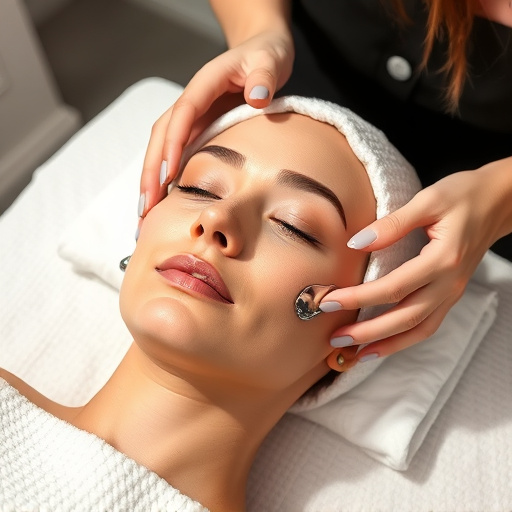
For those with oily skin, a glycolic acid peel can help regulate oil production by unclogging pores and reducing excess sebum. It gently exfoliates the skin, removing dead skin cells that can contribute to shine and grease. This results in a more balanced, matte finish throughout the day. Dry skin benefits from deep hydration as the acid helps to break down dead skin cells buildup, allowing better absorption of moisture. It leaves the skin feeling softer, smoother, and more supple.
Combination skin types often struggle with areas of both dryness and oiliness. Glycolic acid peels address these issues simultaneously by exfoliating oily zones while hydrating dry patches. This targeted approach helps create a more even complexion, minimizing shine and reducing the appearance of enlarged pores. As an effective tool in professional skincare routines, glycolic acid peels offer a versatile solution for achieving clearer, healthier-looking skin, enhancing overall skin rejuvenation and anti aging treatments.
Application, Precautions, and Potential Side Effects

Application:
Glycolic acid peels are typically performed by a dermatologist or trained professional. The skin is first cleansed and prepared, and then a concentrated solution of glycolic acid is applied to the face using a brush or pad. The peel can range from mild to moderate in strength, depending on your specific skin concerns. After the treatment, a soothing emollient may be applied to calm the skin. Regular sessions, usually every 4-6 weeks, are recommended for optimal results, as it promotes skin cell turnover and helps unclog pores, leaving your complexion smoother and more even.
Precautions and Potential Side Effects:
While glycolic acid peels are generally safe and effective, certain precautions should be taken. Always consult a dermatologist before starting any new peel regimen, especially if you have sensitive or problematic skin. Sun sensitivity may increase after the procedure, so using sunscreen is crucial to protect your skin from further damage. Temporary redness, itching, or peeling is normal, but severe pain or prolonged irritation requires immediate attention. As with any cosmetic treatment, there are potential side effects, including skin irritation, flaking, and, in rare cases, infection. Anti-aging treatments like glycolic acid peel can effectively reduce the appearance of fine lines and wrinkles, improve texture, and enhance overall skin tone, contributing to a youthful glow.
A glycolic acid peel offers a powerful yet gentle way to transform various skin types. For oily skin, it helps regulate sebum production and unclogs pores; dry skin benefits from its hydrating properties and improved cell turnover; and combination skin can find balance as it exfoliates excess oil while restoring moisture. However, always remember to apply it correctly, follow safety precautions, and be aware of potential side effects for the best results.



